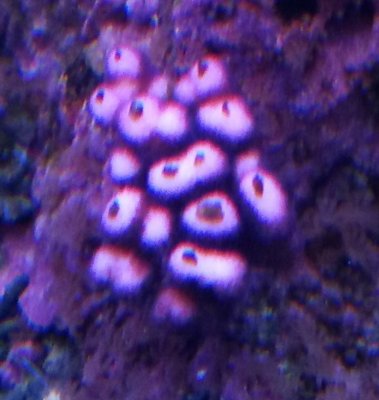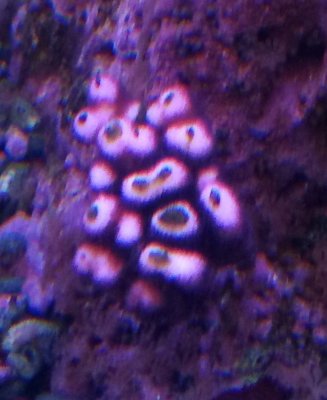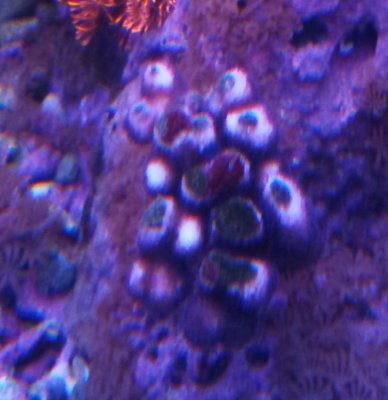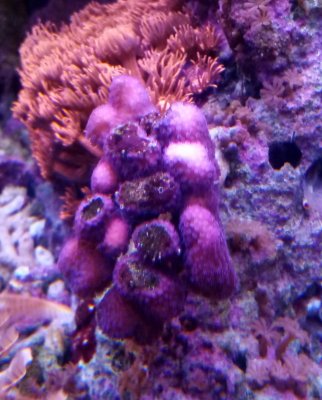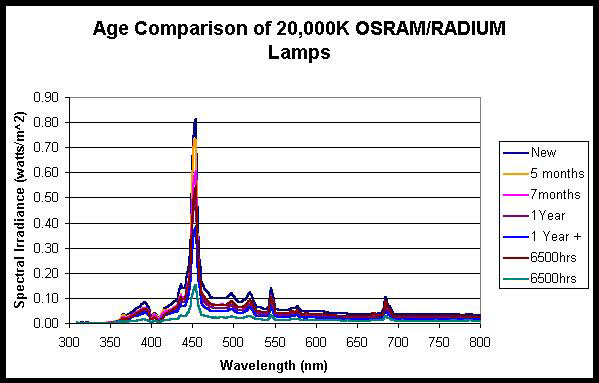- Joined
- Aug 8, 2015
- Messages
- 1,454
- Reaction score
- 1,251
Forget the corals and fish. Just an empty tank with rock and gravel in it. To my eyes the MH/Florescent combo pops in a way that I have never seen in an LED. If LED was cheaper, and it was scientifically proven that they grew corals better with more color for half the price, I'd still prefer the look of MH because of the way the light looks to my eyes.
To me it is like comparing LCD TVs to Plasma TVs. The Plasma just popped more, had better blacks, better contrast. They have been slowly improving LCD panels for almost 15 years and STILL a LCD panel can't produce the same pop. They are finally being phased out on the high end with OLED and eventually MicroLED panels. But for all this time LCD was winning out because of a few reason, but none of them were based on performance....
With all that said, I would never assume to project what is important to me in a light system onto others. For some, having a sleek fixture to hang over their expensive rimless tank in their contemporary living rooms may be more important than a 4.5687964% better growth rate you get running MHs. If one was truly better in every instance, the others would quit being made.
To me it is like comparing LCD TVs to Plasma TVs. The Plasma just popped more, had better blacks, better contrast. They have been slowly improving LCD panels for almost 15 years and STILL a LCD panel can't produce the same pop. They are finally being phased out on the high end with OLED and eventually MicroLED panels. But for all this time LCD was winning out because of a few reason, but none of them were based on performance....
With all that said, I would never assume to project what is important to me in a light system onto others. For some, having a sleek fixture to hang over their expensive rimless tank in their contemporary living rooms may be more important than a 4.5687964% better growth rate you get running MHs. If one was truly better in every instance, the others would quit being made.








